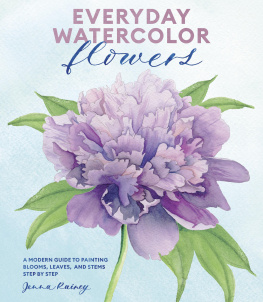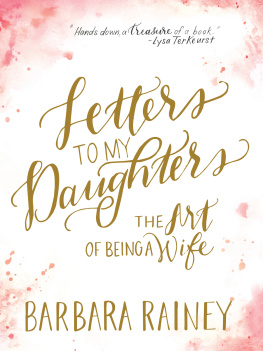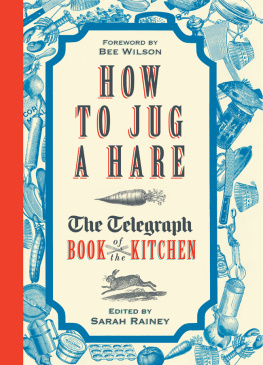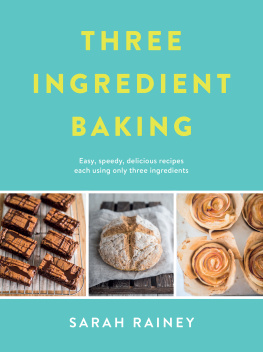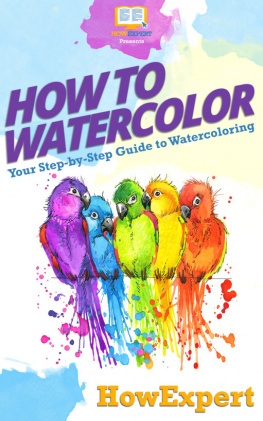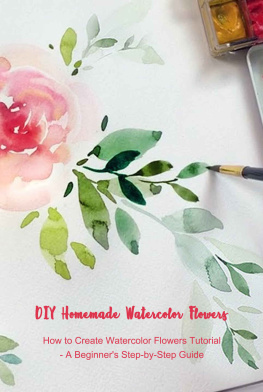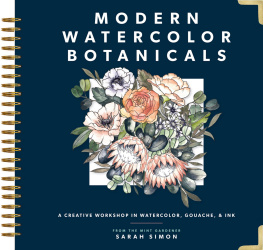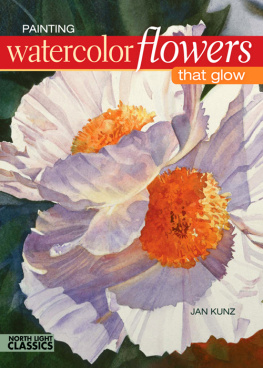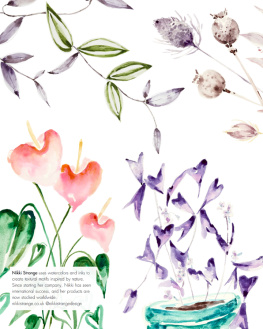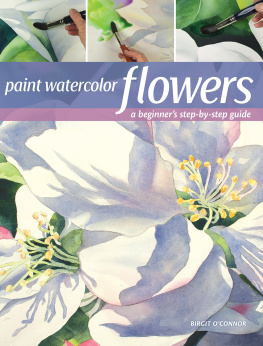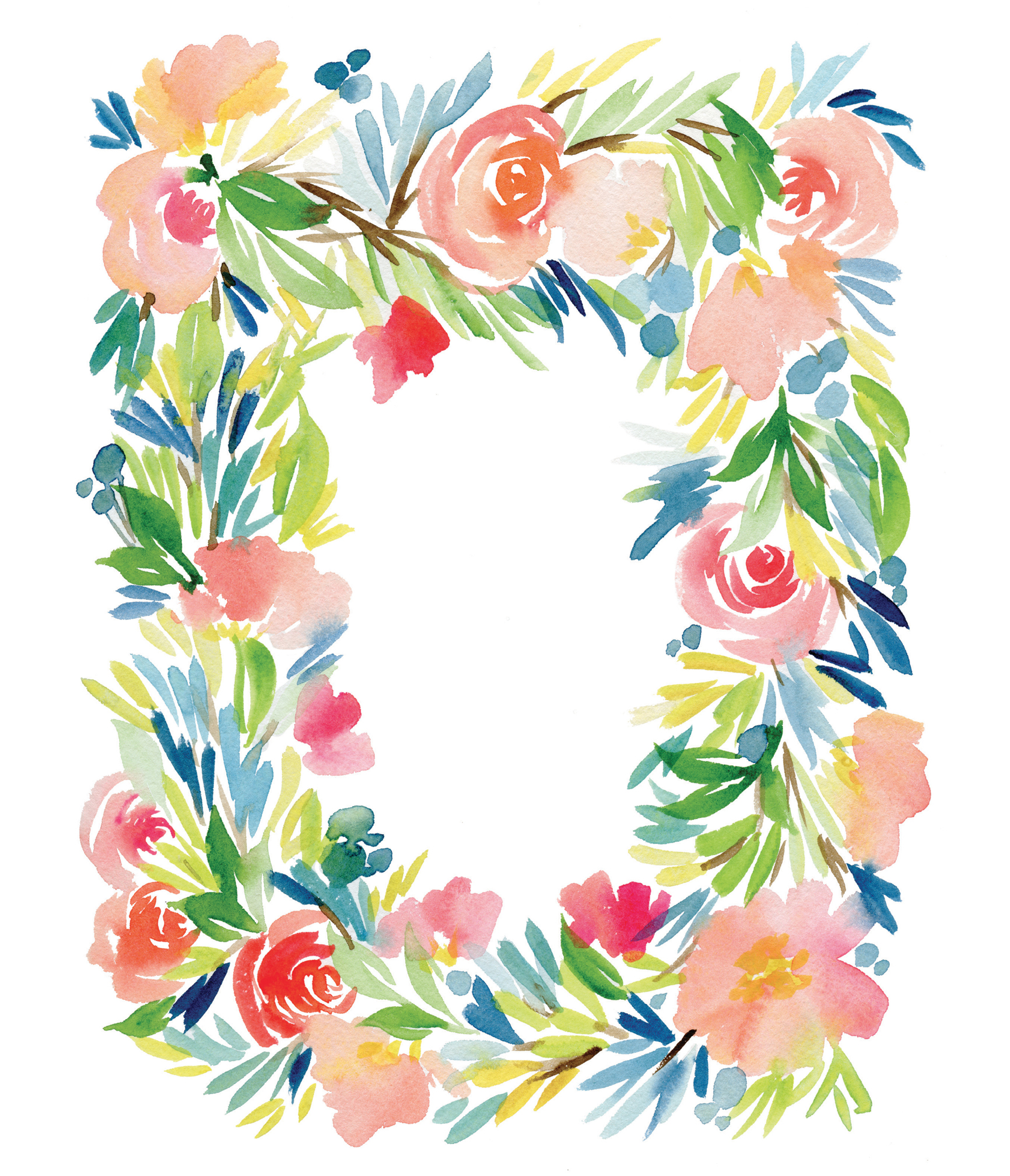Contents
Landmarks
Print Page List
ACKNOWLEDGMENTS
Writing a book is much harder than I ever thought but the most rewarding thing at the same time. Thanks to the humans below who encouraged me, stayed up late with me, were patient with methis collection of pages wouldnt have been possible without you.
To my husband, John, the person who knows me best, challenges me the most, and brings out the best in me always.
To my parents, who instilled creativity and imagination in me and encouraged me to go outdoors as a kid, youve taught me so many lessons about art, business, and life that I dont think you even know!
To my girl Brooke Dieda, whos been my right hand in business and now life, taking on extra work loads from me when Ive been swamped with these crazy book deadlines!
I would also like to thank my agent, Kimberly Brower, my editor, Lisa Westmoreland, and the rest of the team at Ten Speed Press, this book would be riddled with spelling and grammatical errors and wouldnt even exist without you!
ABOUT THE AUTHOR
Artist and influencer Jenna Rainey inspires a generation of creatives to make art every day, even if it sucks. Never expecting to follow in the footsteps of her artist mom, within five years, she turned her creative talent into Jenna Rainey Design Studio, through which she licenses her vivid hand-painted designs to some of her favorite lifestyle brands. Today, Rainey brings her carefree attitude about art and her personable style to workshops around the world, online tutorials, and Instagram, where she has a growing fan base of 160K-plus. She is the bestselling author of Everyday Watercolor and keynote speaker at leading design summits. Follow her @jennarainey for her travel tips (hit Singapores dreamy flower hub), beauty musings (they call me sassy pants), and latest obsessions (Madewell is everything!). She lives with her college-sweetheart husband and two ginger cats in sunny Costa Mesa, California.

Photograph Michael Radford
AFTERWORD: PUTTING IT ALL TOGETHER
Now that weve learned how to analyze some basic shapes of flowers and paint them in both a loose and a realistic style of watercolor, its time for our final project together. Loose watercolor can be challenging for some, so I think its important to revisit some tips as we work on a wreath or floral frame and a full garden piece. Its important during these pieces to focus on SHAPE. Its easy to get lost when youre creating a floral composition, so remember to stay loose.
For this project, were going to paint a full floral explosion (see ). Its easy to become overwhelmed by the amount of white space there is to cover up with florals, but just focus on the shape of each individual flower and create movement within the composition. To create motion, imagine chucking a bunch of flowers into the air and see how they land on your paperloose, random, and explosive. All of your fluffy Peonies will be bowl shapes, add berries by doing loops and strokes similar to the Bluebell, and Agapanthus petals will just be upside-down teardrop strokes. Curve leaves in different directions and make sure each and every petal and leaf is pointing back to where its growing from: its stem.
With all of these pieces, use color to create harmony. Complementary colors will help draw your viewers eyes in, but make sure one of the complementary colors is more dominant than the other. For example, in the floral explosion piece, , there are orange accents in berries and buds, while the blue in the Agapanthus and some leaves is more dominant. Its all about movement and drawing eyes in with shape and color.
For the floral frame piece on colors throughout this piece, orange and blue, reds and greens, making sure that one or the other is more dominant in order to create more harmony and less competition or strain. Dashes or sprigs are a fun detail that helps direct the movement of the piece. Just use your size 6 brush and put a little pressure on the tip, then drag the mark in a straight line.
For the final floral project on , were going to get a bit more detailed! Apply what you learned about floral shapes by lightly sketching out spherical and cone shapes for these flowers, then adding in the contour, leaves, and details. The color palette I chose for this piece is more on the contemporary side, with sunset colors for the florals. I wanted some contrast, so the leaves are a blue-gray made from Phthalo Turquoise, Mars Black, and lots of water. This muted blue provides contrast to the warm colors, especially the orange and peach in the flowers. One thing I kept in mind for the composition of this piece was the zigzag rule. If you look closely, the points of interest bounce around the piece in a zigzag. For example, the berries start in the top right, then slightly lower on the left, then bottom right. This leads your eyes across the entire piece, which wouldnt happen if all the berries were in one area. Also make use of odd numbers with the majority of your elements. When there are even numbers of elements, viewers tend to look for pairs rather than moving through the piece. Odd numbers will keep them looking longer.
Keep practicing! I know that gets really old to hear, but its just like anything. If you want to run a marathon, it doesnt matter if you have all the right gear, best shoes, outfit, etc. If you dont train, you will not succeed or see results. The more you practice and put time in, the more growth youll see in understanding color and shape and forming muscle memory! So, these last pieces are geared to help you develop your own style and put all the knowledge on shape and color covered in the previous pages to use. Theres no step-by-step instruction, just an overall guide so that you can put everything youve learned into practice on your own. If you dont like how your first few attempts turn out, thats normal. My first floral watercolor paintings sucked! Thats just how it goes. So keep trying new things and going back to the drawing table!
CONCLUSION
The paintings in this book may be all done, but that doesnt mean you should stop painting flowers in this way. I hope this book and your study of flowers basic shapes have challenged you and made you more observant of how things are structured. This way of painting not only helps you grasp the right proportions and dimensions, but also turns you into someone who looks longer at things. When you are next in the garden or out in nature, stop and look at the flowers. What shape are they? Do the leaves follow an S curve or a C curve? From what angle are you viewing the flower? Study the details in petals, the fuzzy texture on the stamen, and take note of the hues and color combinations you find.
I hope this helps you slow down and observe, develop patience with the process and with yourself, and, in the end, become a better painter. Dont get discouraged when you make mistakes, be grateful. Each mistake is helping you become that much better at your craft if youre able to learn from it. I challenge you to find a new flower for each shape covered in this book and paint and sketch it on your own! If youre on social media, Instagram has become such a great community for sharing your work and encouraging other artists, so make sure to hashtag #EverydayWatercolor when you post your work to stay inspired and longing to paint more!

